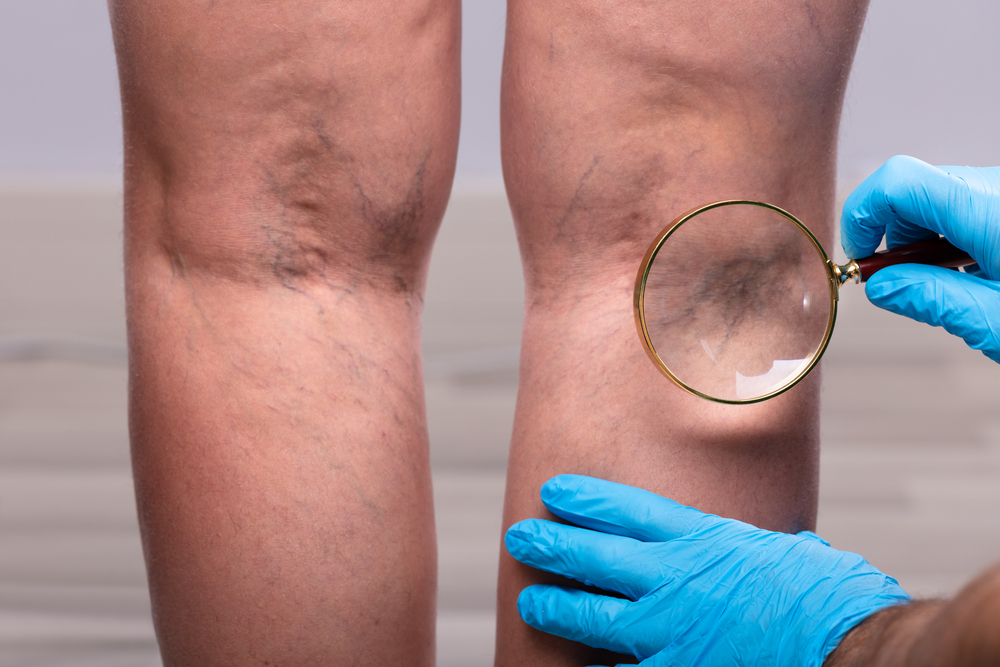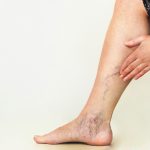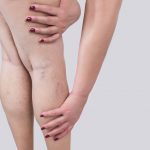Venous Insufficiency and When To See a Vein Specialist
 Experiencing leg pain that seems to be emanating from a vein may be a result of venous insufficiency. Pain, swelling, itchiness, and leathery skin are all symptoms of venous insufficiency and should be interpreted as a warning from your body.
Venous insufficiency is more common in women than men, and it’s also more likely to occur in adults over the age of 50. Read on to learn more about how venous insufficiency is diagnosed and when you should see a vein specialist.
Experiencing leg pain that seems to be emanating from a vein may be a result of venous insufficiency. Pain, swelling, itchiness, and leathery skin are all symptoms of venous insufficiency and should be interpreted as a warning from your body.
Venous insufficiency is more common in women than men, and it’s also more likely to occur in adults over the age of 50. Read on to learn more about how venous insufficiency is diagnosed and when you should see a vein specialist.
What Is Venous Insufficiency?
The arteries in your body carry blood from your heart to the rest of your body. Veins carry blood back to the heart, and valves in the veins stop the blood from flowing backward. When your veins have trouble sending blood from your limbs back to the heart, it’s known as venous insufficiency. This condition prevents the blood from flowing back to the heart properly, causing blood to pool in the veins in your legs. There are several factors that can cause venous insufficiency, including:- Blood clots
- Varicose veins
- Family history
- Obesity
- Pregnancy
- Smoking
- Cancer
- Weakness in the leg muscle
- Leg Injury or trauma
- Swelling of a superficial vein
- Sitting or standing for long periods
Symptoms of Venous Insufficiency
The most common symptoms of venous insufficiency include:- Painful swelling in the legs or ankles
- An increase in discomfort when standing
- Leg cramps
- Aching
- Throbbing
- A feeling of heaviness
- Itching
- Thickening of the skin
- Leg ulcers
- Varicose veins
- A feeling of tightness in the calves
Dangers of Untreated Varicose Veins
The circulatory system is essential to the body’s overall health. Veins and arteries are an integral part of this critical system, as they are responsible for transporting blood to and from the heart. Left untreated, vein-related complications, such as vein disease, can lead to serious health complications, including the following dangers:Discolored, Itchy Skin
When veins are not functioning correctly, the blood flow from your body to your heart is decreased. This leads to the skin becoming dry and itchy. As the blood is not flowing at its optimal speed, the skin can also become discolored and swollen.Cellulitis
The symptoms of cellulitis include red and swollen skin, chills and fever, and swollen lymph nodes. Only occurring when stasis dermatitis has worsened, cellulitis can set in, and the risk of lethal bacterial infection sepsis increases dramatically.Ulcers and Spontaneous Bleeding
As vein disease progresses, the veins in your body either enlarge or deteriorate over time. If the vein’s capabilities have decreased dramatically, blood can start to pool in varicose veins, forcing them to swell and create painful ulcers. Ulcers can itch, burn, cause rashes, and dry the skin. They may also ooze or spontaneously bleed with a foul-smelling substance.Deep Vein Thrombosis
When a blood clot forms in one of your deep veins, it’s commonly known as deep vein thrombosis. The danger of DVT can occur when a clot breaks off and circulates through your blood, where it can damage your organs. A blood clot moving through the body can cause a life-threatening pulmonary embolism.Vein Disease Should Never Be Ignored
There are a variety of ways to maintain the health of your circulatory system in addition to treating varicose veins and other related issues. Vein & Laser Institute offers the most clinically advanced and newest treatment options for your varicose veins. Our treatment options are safe and effective, and for many of them, no anesthesia is necessary. Treatments are minimally invasive, with only conscious sedation being administered. If you’re ready to learn more about venous insufficiency, call us at Vein & Laser Institute today.Recent Posts



